Pokémon Go
If you have stepped outside in the last month, you have seen kids and, most likely, a few adults staring at their phone screens, playing the new augmented reality game, Pokémon Go. Released on July 6th, Pokémon Go has already outnumbered Tinder (released four years ago) in total downloads with over 7.5 million in the first week alone and numbers now over 15 million.
The goal of the game is to “catch em’ all,” referring to the 151 original Pokémon characters. There are no winners or losers, and Pokémon can be found all over the area you live in. It uses the trend of virtual reality by combining your camera and GPS to allow players to spot Pokémons on their walk to work and potentially “catch them.”
The original Pokémon concept was created in 1995 and released as a Nintendo game for GameBoy. The franchise expanded into trading cards, other video games, toys, and even an animated television series. It is clear to see that Pokémon Go has trumped all of that. It appeals to those original Pokémon fanatics that were just coming of age in 1995, all the way to the current pre-teens who have their own cell phones.
What’s the buzz about?
Millennials are completely obsessed with nostalgia because “only 90s kids remember that.” Pokémon Go reminds us of our love for Pikachu and our cartoon crush on Ash Ketchum (just me? oh). Most of my friends from college who are playing now think it makes walking to places more exciting and might even walk an extra block if there is a Pokémon close by. The game makes a walk to the store less of a task and encourages millennials and teens to get out of the house and explore the city in which they live to get to “Lures” and “PokéStops.”
Lures are items that will attract wild Pokémon to your location for 30 minutes and show up as pink hearts on the game’s virtual map. PokéStops are places that have resources (PokéBalls, eggs, etc.) you need to play the game. These areas in the game tend to attract a lot of players and a number of institutions are using Pokémon Go to create some buzz around themselves or to make the experience at their venues more enjoyable.
My friends think it makes walking to places more exciting and might even walk an extra block if there is a Pokémon close by.
The University of Missouri mapped out all the PokéStops and gyms located around the campus in a post to its Instagram account. The St. Louis Cardinals posted to their twitter account that there were over 10 PokéStops located throughout their stadium and even posted pictures of Pokémon hanging out at batting practice. There have been meetups planned all over the nation, including at The Bean and Lincoln Park Zoo in Chicago, multiple local spots in Kansas City, and a weekly hangout at Union Square in New York City.
Just a few days ago, there was a massive mob of players in Central Park after someone spotted a rare Vaporeon. So it is safe to say that the game has no problem attracting players to specific locations. See what I am getting at here?
What is next?
By placing a Lure in your business, you’ll attract Pokémon, and players will literally flock to you.
Pokémon Go is being used by businesses to attract customers. The game might start allowing companies to pay for “sponsored locations” on the virtual map. In a recent deal between Mcdonald’s and Pokémon Go, users could see the locations of Mcdonald’s restaurants pop up on their screens. If you can get customers through your doors, chances of sales significantly increase. Placing a Lure Module in your business attracts the Pokémon, and players soon follow.
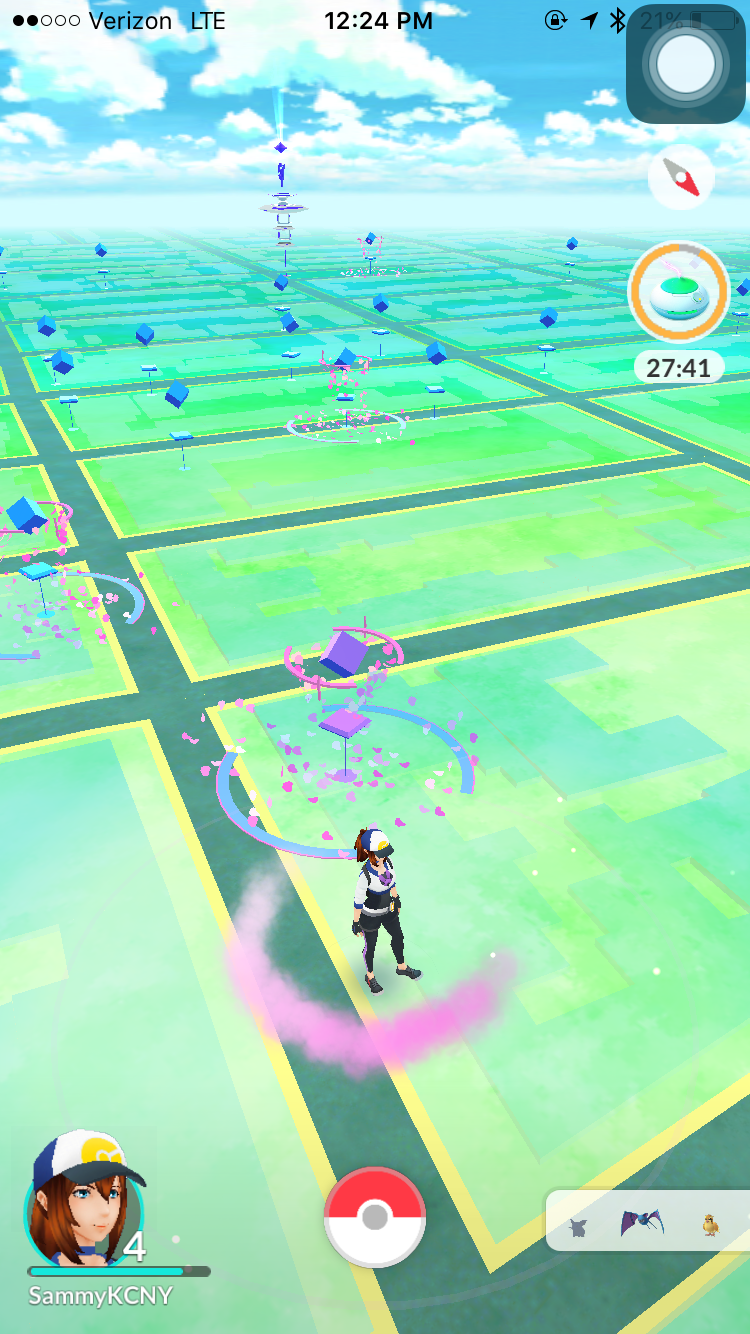
Just on the block of our office, there is a PokéStop at the Brooklyn Mural, the Brooklyn Hall Steeple, the Packer Collegiate Institute, and St. Francis College. While these aren’t exactly businesses, a food truck could park right outside and potentially get some extra exposure.
Not all businesses are thrilled with the idea of customers playing the game once they’ve entered through their doors. For example, the United States Holocaust Memorial Museum and Arlington National Cemetery became popular PokéStops with hoards of people coming in for the game.
The Holocaust museum and Arlington Cemetery are trying to work with Niantic to get their institutions excluded from the game. Pokémon Go is fun to play on your walk to work, not so much in a cemetery of the nation’s fallen soldiers.
Is this the new marketing for millennials and Gen Zs?
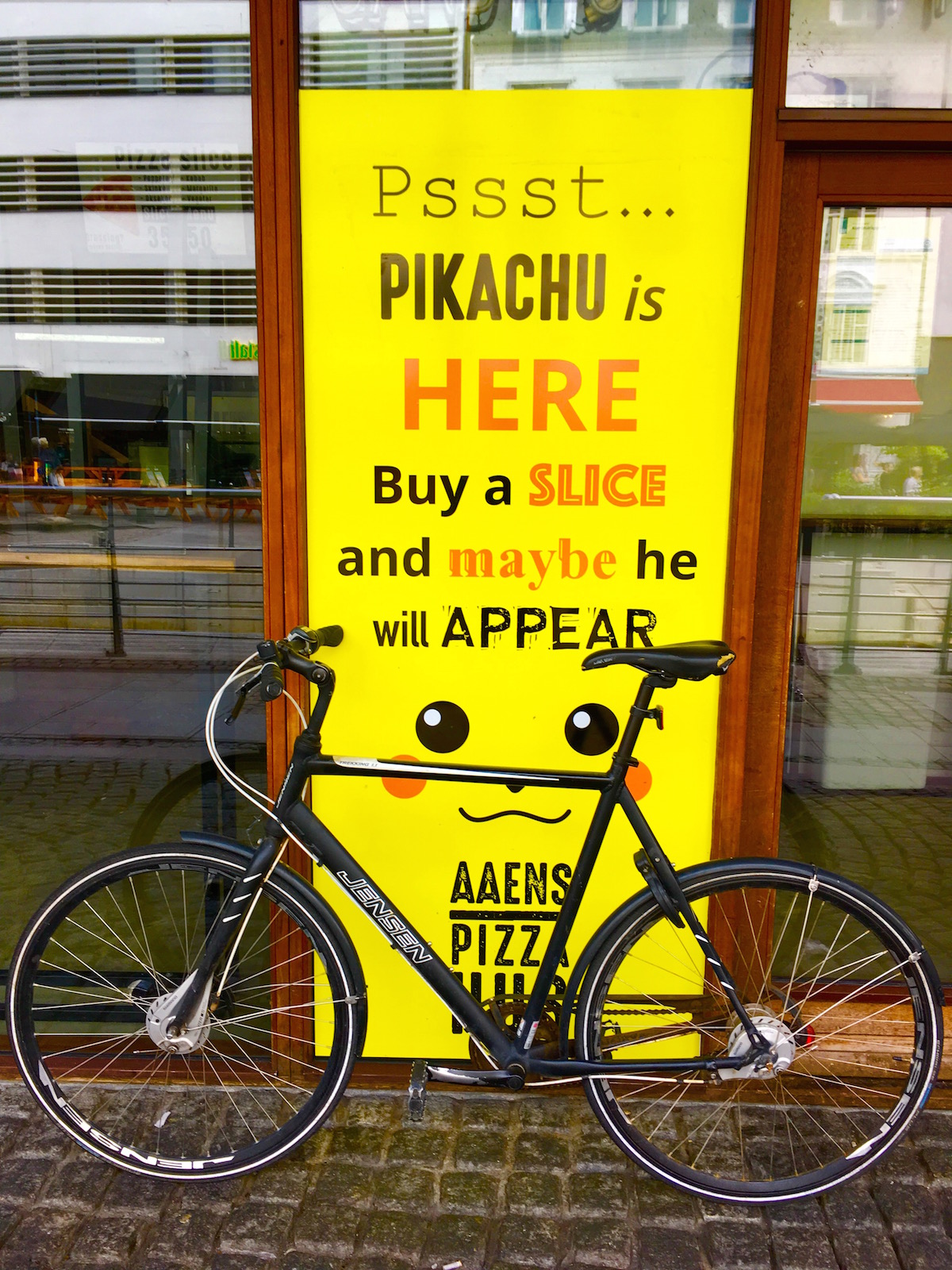
Most millennials and the older end of Gen Zs are glued to their smartphones, so it’s a no-brainer that most marketing tactics are going to be technology driven. Both generations, however, also get annoyed easily with pushy advertising tactics. Give a millennial a reward though and now we’re talking. For example, a business could sponsor its own Pokémon that represents discounts or rewards—but then the servers would definitely go down. It will be interesting to see how far this goes and what these rumored “sponsorships” entail.
Will millennials get tired of seeing local businesses pop up on their virtual screens just like they do when ads show on Spotify playlists or while reading Facebook articles?
I heard Juicy Couture tracksuits are making a return, and I’ll be honest, Finding Dory made me cry. What other 1990s-inspired trends will also make their comeback, and how can businesses be at the forefront of the wave of nostalgia and on the cutting edge of innovation?
To learn about the Tronvig Group process, click below to sign up for our mailing list and get access to our library of downloadable guides, including the following:



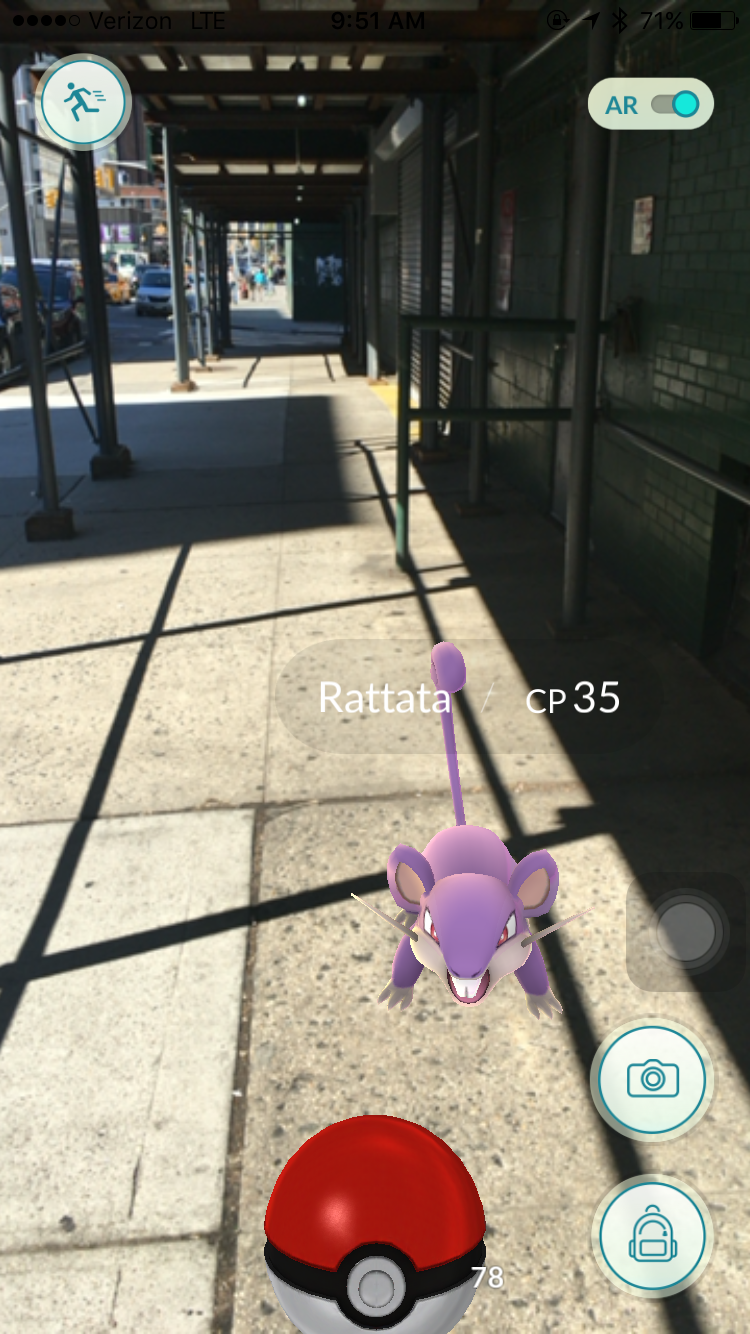
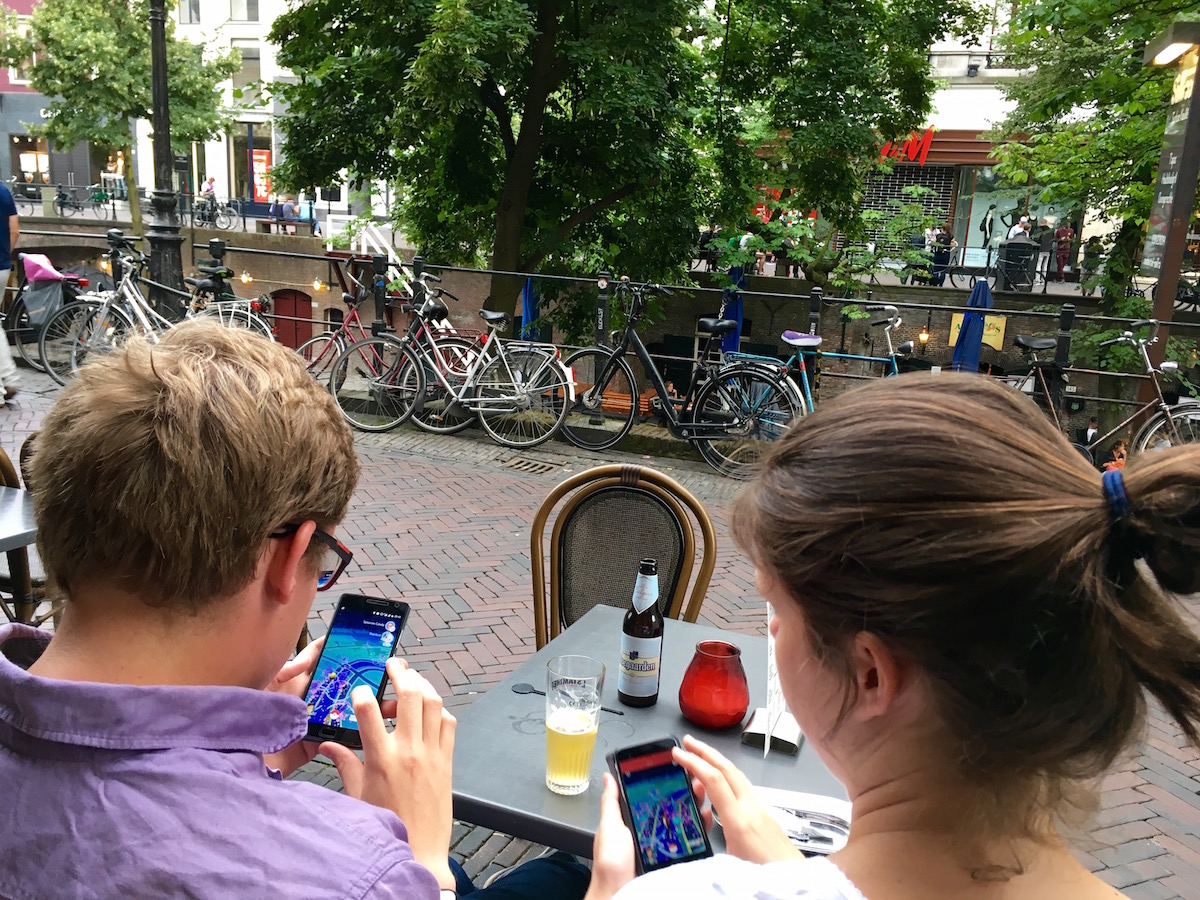
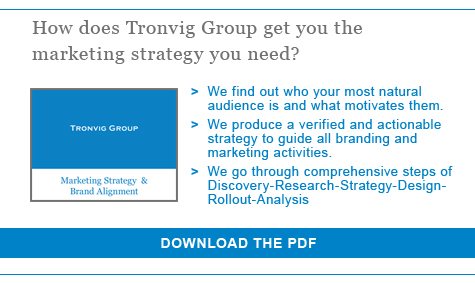
Ask for help.
We are kind, thorough and ready when you are. You just need to ask.